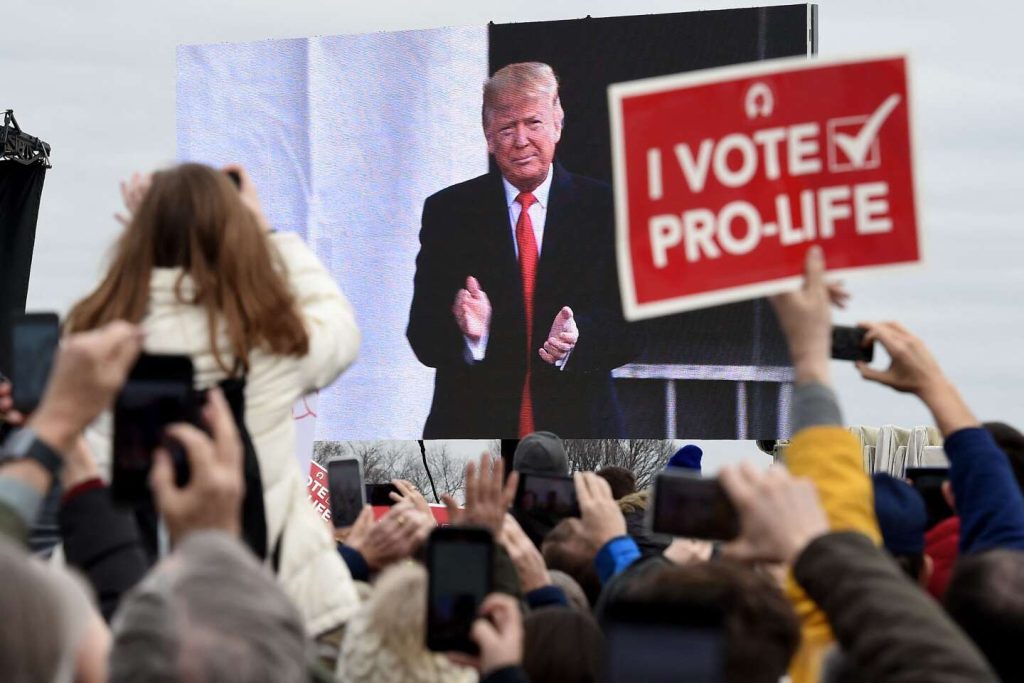During the 47th annual “March for Life” in Washington on January 24, 2020, pro-life demonstrators listened to a speech by American President Donald Trump. This event took place amidst a contentious debate over abortion in the United States, following the historic decision by the Supreme Court in June 2022 to invalidate the Roe vs. Wade ruling. For over a year, Donald Trump had avoided clarifying his position on abortion. However, on April 8, he released a four-minute video on his Truth Social platform, which left many questions unanswered and hinted at his political discomfort.
With seven months left until the presidential election, Donald Trump believes that it should be up to each state to decide its legislation on abortion. He aligns with the Supreme Court’s decision and thanked the six conservative justices for their “courage” in overturning Roe vs. Wade. Trump emphasized his role in ending this ruling and expressed support for exceptions in cases of rape, incest, or life-threatening situations, similar to Ronald Reagan’s stance. This shift in position came as a surprise, as previous statements by the candidate hinted at support for a compromise federal law on abortion.
The former president’s change of stance reflects a prioritization of political maneuvering over personal conviction. Trump’s approach to abortion is transactional, overlooking the ethical, religious, and medical implications for women. While the Christian right remains staunch in their anti-abortion stance, they are grateful to Trump for appointing three conservative Supreme Court justices. Trump’s message to his supporters emphasizes the importance of following one’s heart, religion, or faith, as well as winning elections to preserve the country’s culture and values amid a perceived decline.
The question of reconciling faith, the defense of life, and electoral strategies remains at the forefront of the debate surrounding Trump’s evolving position on abortion. The intersection of personal beliefs, political calculations, and religious convictions highlights the complexities of this issue in American society. Despite the seemingly definitive nature of the Supreme Court’s ruling, the ongoing discussion and disagreements surrounding abortion policy reflect deep divides within the country. Trump’s approach to addressing this contentious issue underscores the challenges faced by politicians in navigating the intersections of personal belief, public opinion, and legal precedent.
In conclusion, Donald Trump’s shifting stance on abortion reflects the complexities and divisions inherent in the ongoing debate over reproductive rights in the United States. With the 2020 presidential election looming, Trump’s approach to the issue illustrates the delicate balance between personal convictions, political expediency, and religious beliefs. As the country grapples with the legacy of landmark court decisions and the role of state legislation in shaping abortion policy, the contours of the debate continue to evolve. The implications of Trump’s position on abortion extend beyond the policy itself, highlighting broader questions of governance, morality, and the intersection of faith and politics in American society.


